Curtain and blind motors are both motorized devices designed to automate window coverings, but they are used for different purposes and operate with distinct mechanisms. Here’s an overview of both:
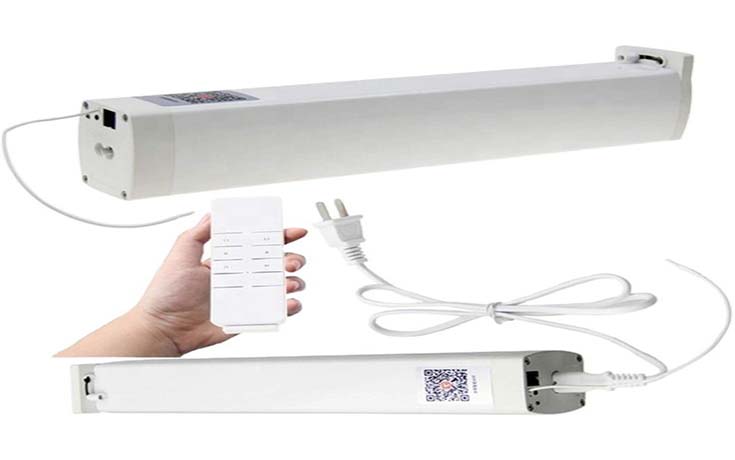
Curtain Motors
Purpose:
Automate the movement of traditional curtains (typically fabric) on rods or tracks.
Features:
Track-Based Operation:
- Mounted on curtain tracks for smooth opening and closing.
Motor Control:
- It can operate single-sided (curtains drawn to one side) or split-draw (curtains part in the middle).
Integration:
- Works with smart home systems for remote control or voice commands.
Quiet Operation:
- Designed for noise-free operation to suit living spaces.
Customization:
- Adjustable speed and preset stop position
Installation:
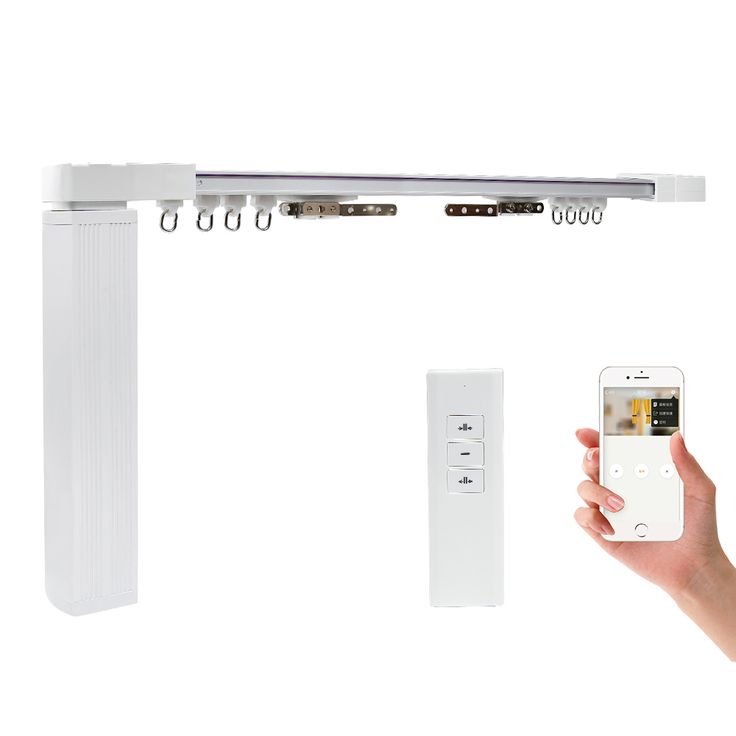
- Requires a motorized curtain track.
- It can be ceiling- or wall-mounted.
Applications:
- Living rooms, bedrooms, conference rooms, or theaters.
Blind Motors
Purpose:
- Automate the movement of blinds (vertical, roller, Venetian, or Roman) for tilting, raising, or lowering.
Features:
- Precision Control:
- Motor tilts slats (in Venetian blinds) or rolls up/down the blind fabric (in roller blinds).
- Compact Motors:
- Motors are integrated within the blind mechanism, maintaining a clean aesthetic.
- Smart Integration:
- Compatible with smart home systems for automation and remote control.
- Energy Efficiency:
- Automates based on time, sunlight, or temperature for optimized insulation.
Types:
- Roller Blind Motors:
- Motorized systems for rolling the fabric up or down.
- Venetian Blind Motors:
- Motors for tilting slats to adjust light and privacy.
- Roman Blind Motors:
- Control the folding and unfolding of fabric layers.
- Vertical Blind Motors:
- Rotate and draw the vertical slats.

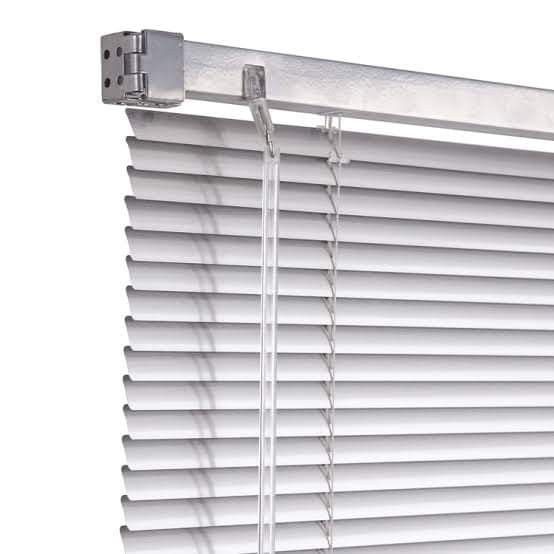
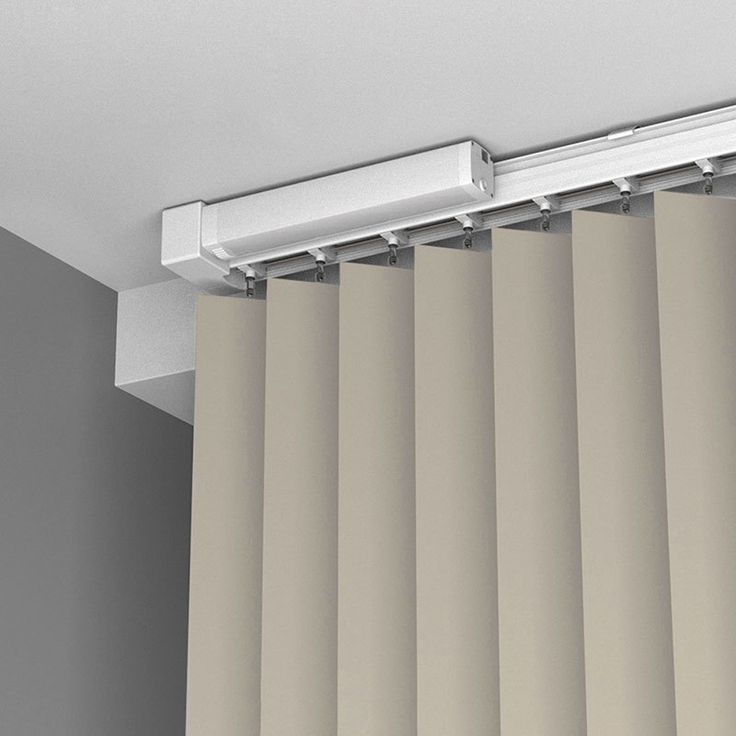
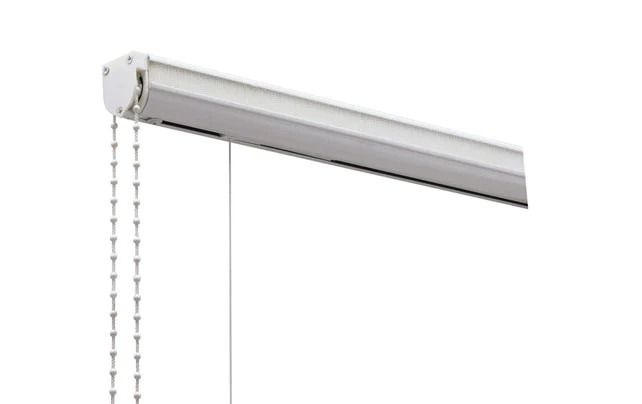
Installation:
- Motors are integrated into the headrail or tube of the blinds.
- Battery-powered options are cordless and easier to install, while wired options provide consistent power.
Applications:
- Office spaces, kitchens, living rooms, or bathrooms.
Key Differences Between Curtain and Blind Motors:
| Feature | Curtain Motors | Blind Motors |
|---|---|---|
| Type of Covering | Fabric curtains | Blinds (roller, Venetian, Roman, etc.) |
| Mechanism | Horizontal movement along a track | Rolling, tilting, or lifting mechanisms |
| Mounting | Tracks mounted on ceilings/walls | Integrated into the blind structure |
| Operation | Opens and closes curtains | Raises, lowers, or tilts blinds |
Benefits of Motorization:
- Convenience:
- Effortless operation with remotes, apps, or voice commands.
- Energy Efficiency:
- Helps regulate indoor temperatures.
- Aesthetic Appeal:
- Provides a modern and tidy look.
- Increased Longevity:
- Reduces wear and tear caused by manual handling.
- Accessibility:
- Ideal for people with mobility challenges.
If you’re considering curtain or blind motors for your space, knowing your needs (e.g., curtain weight, blind type, power options) will help determine the best choice. Let me know if you’d like recommendations!
